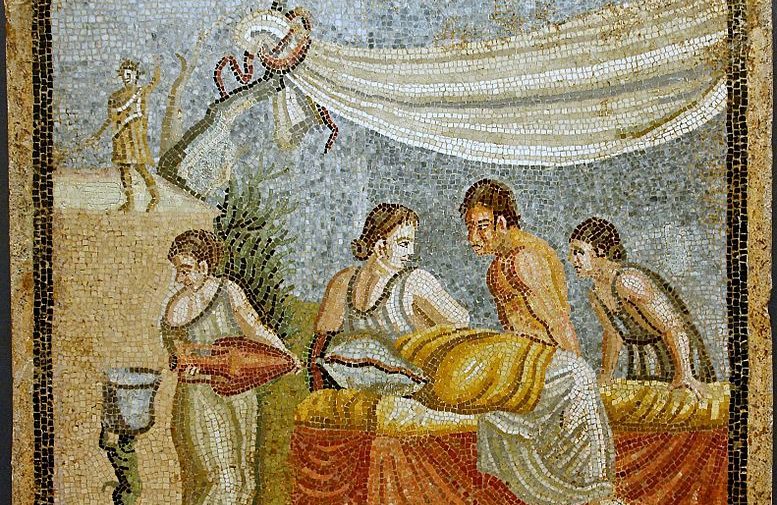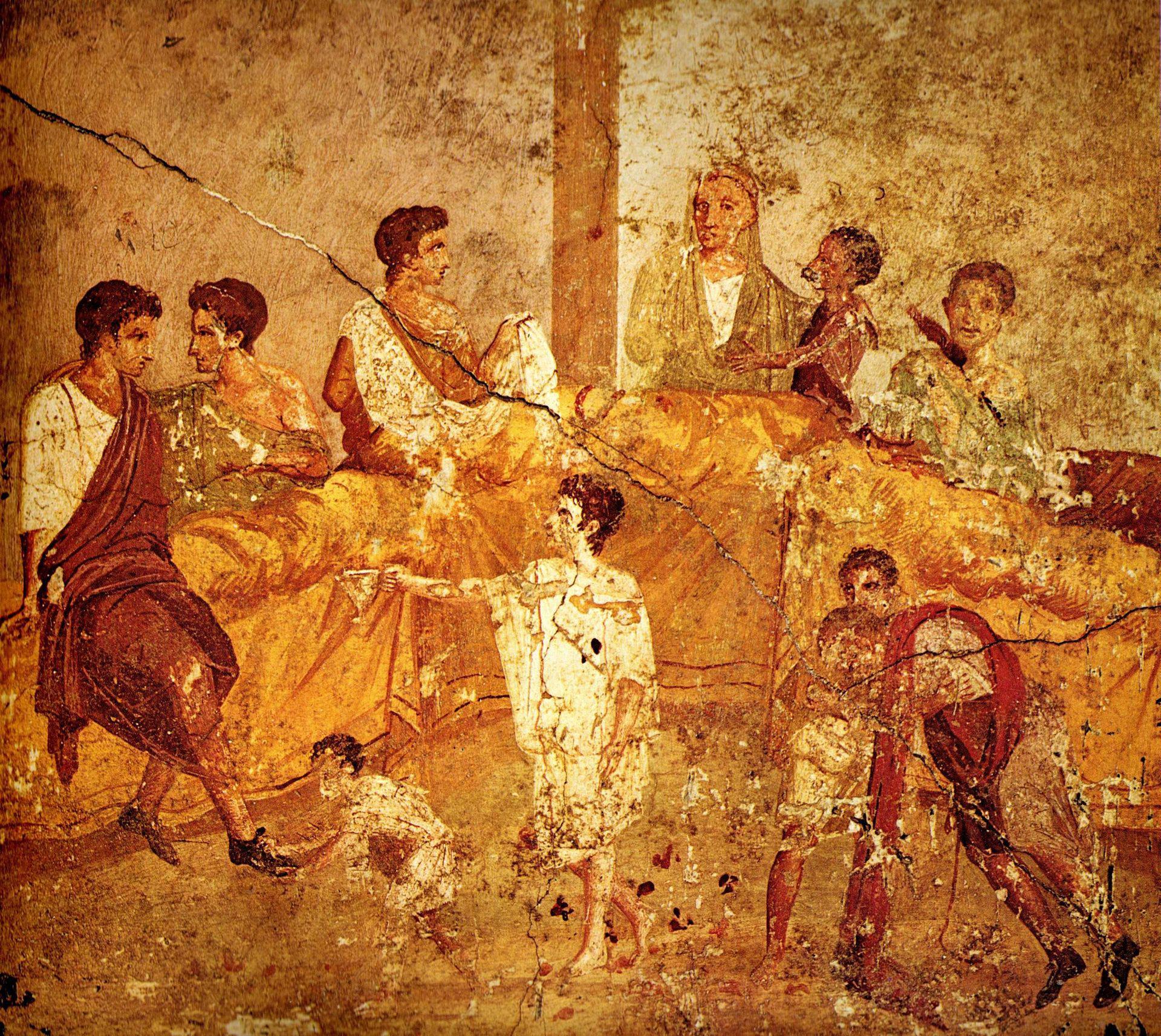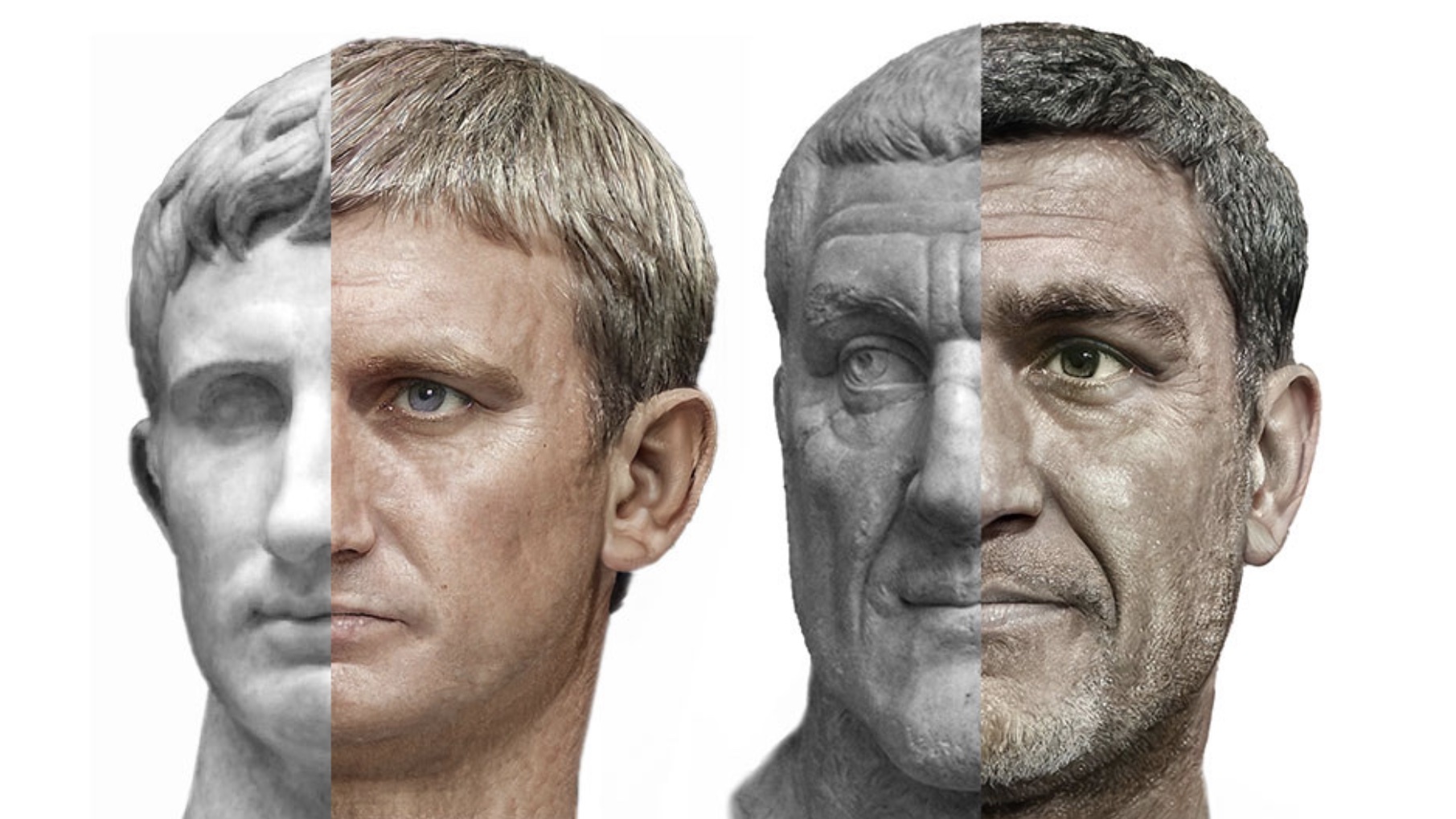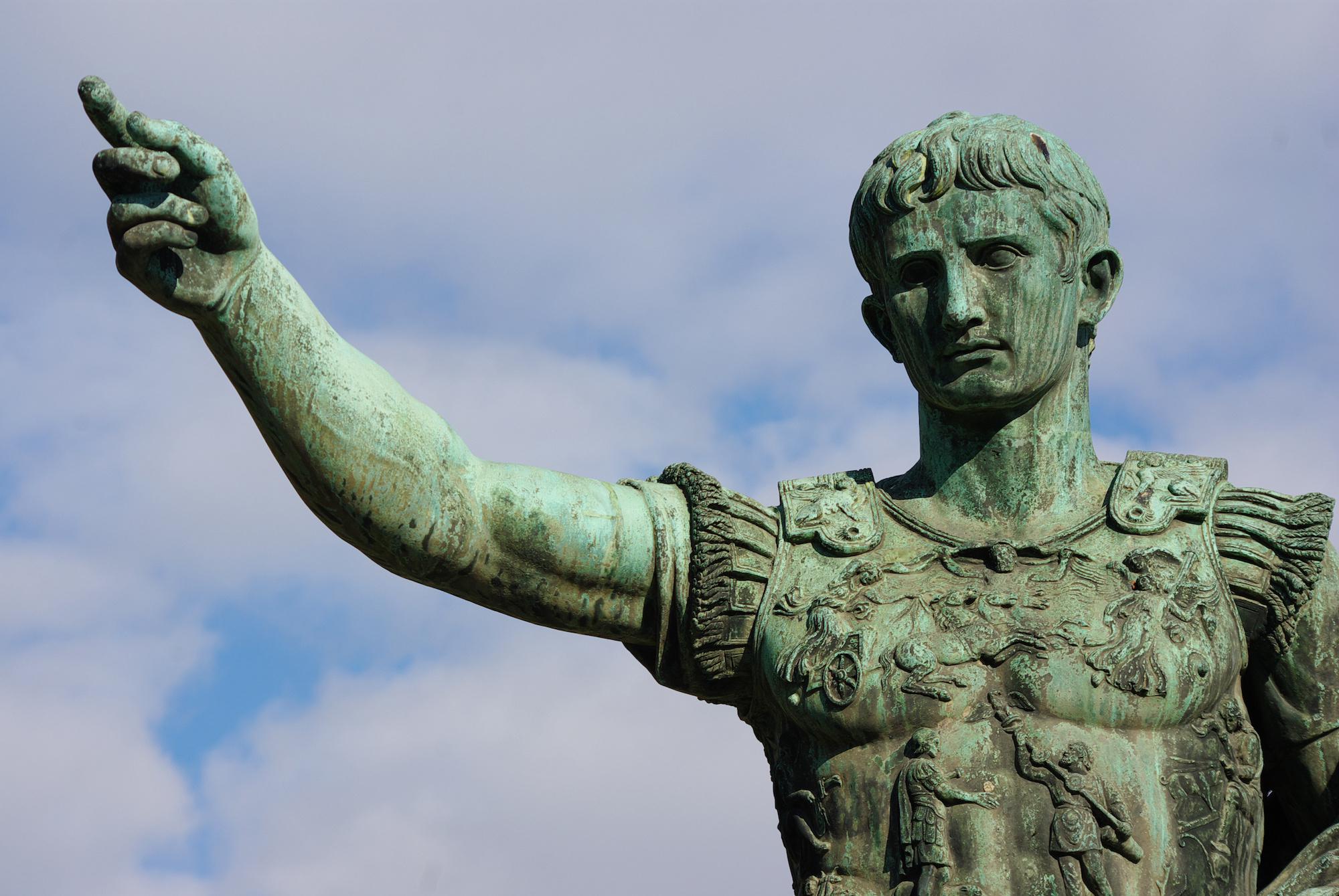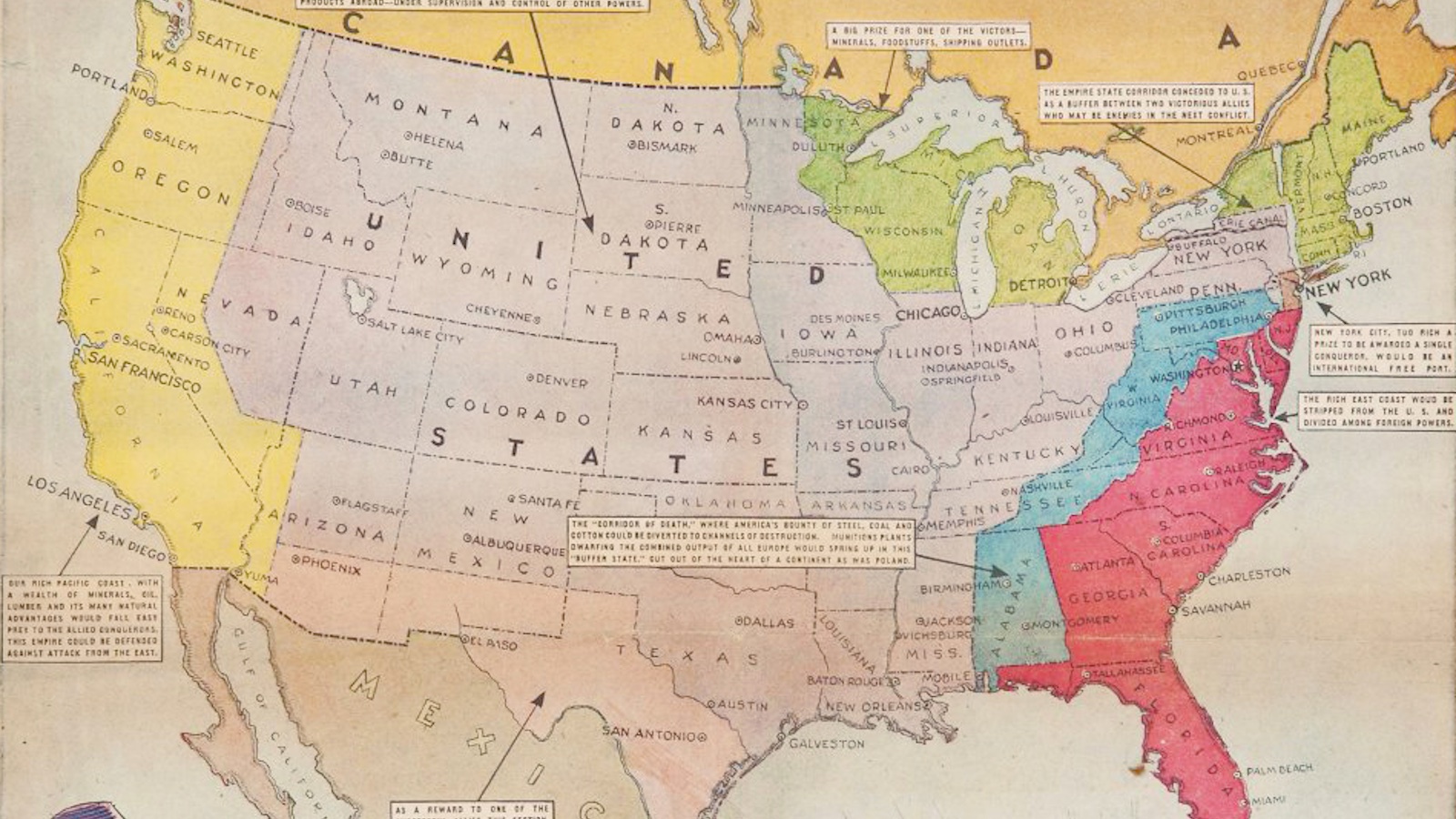A Russian mathematician rewrote world history — and it is bonkers

- Anatoly Fomenko is a renowned Russian mathematician.
- He statistically analyzed human history, concluded that most of it is fraudulent, and recreated what he believes is the true history.
- In Fomenko’s world, the “Russia-Horde” built the Great Pyramids, colonized America, and inspired a fiction the rest of us know as the Roman Empire.
If you know enough mathematicians, you might believe almost any story about one. They can simultaneously be brilliant and completely bonkers. (To be fair, we physicists aren’t much better.) Anatoly Fomenko is an accomplished Russian mathematician who also happens to be — in his own mind, anyway — a historian. His version of history, however, is quite different from most.
Fomenko combs through historical records of past millennia, looking for statistical correlations in the patterns of events and their relative timing. Knowing the proper order of events and their relative separation in years helps a historian narrow down the absolute date at which they occurred. This is chronology. Fomenko doesn’t believe that statistically similar chronologies repeat by chance. When two timelines match up too closely, one of them must be phony. This leads him to some eye-popping conclusions.
The synthesis of his 40 years of work: All of written history is merely copying, altering, and repeating a limited set of historical events that have occurred entirely since 800 AD, and mostly since 1000-1100 AD. Nothing in earlier eras truly happened. This is pithily summarized as Antiquity is Middle Ages. It’s a bit hard to imagine, so let’s look at an example.
Fomenko’s parallel universe
Line up a chart of the reigns of the kings of Judah from roughly 0 to 400 AD with a chart of the German kings of about 950 to 1350 AD. You can see that the patterns look similar. This could mean that the Kingdom of Judah was concocted by historians ripping off the real history of the Middle Age Saxon dynasty in Europe.
This is Fomenko parallelism, a method somewhat akin to science. It finds many statistical correlations between historical chronologies; you can see about 20 of them here. In some sense, this could mean that an entire false prehistory of Western civilization was stitched together by repeating more modern history with fudged names, dates, and details — emphasis here continues to be placed on could. Fomenko parallelism also extends to observations of the stars, the physical distances between historical capitals, similarities in names, and so on.
With so much history to re-write, there are many famous casualties. Jesus Christ could have been the Byzantine Emperor Andronikos I Komnenos, fused with elements borrowed from the biographies of other historical figures, possibly including a Pope and a Chinese emperor. If that sounds too unbelievable, consider that Komnenos was put to death at the end of his reign with some wounds similar to those of Jesus. Then again, he was also licentious, murderous, and cruel. (But that’s according to the official histories, of course.)
Several historically prominent cities are further casualties of Fomenko’s alternate chronology. It turns out that ancient Troy and Jerusalem were the same city. That city is Constantinople. Ancient Rome, on the other hand, may have been in Egypt, though this “requires additional research.” Rome in Italy was only built in the 14th century.
Enter the Russia-Horde
While all that may sound wild enough, we’re just warming up for the main event. The biggest takeaway from Fomenko’s work may be that much of human history was dominated by the Russia-Horde. This force, led by czar-khans such as Georgiy — Genghis Khan — Danilovichi, conquered most of the world. In the process, they built the Pyramids of Giza and inspired the historical fiction of the ancient Roman Empire.
The exploits of Dmitry Donskoy were repurposed to create the Roman Emperor Constantine. In this version of history, Donskoy was not a Russian leader who defeated the Mongols, but rather a leader of the Russia-Horde. In the following centuries, the Russia-Horde accomplished other feats such as sending colonizers to America who began a Christian empire of American Incans.
Lessons from Anatoly Fomenko
Fomenko’s seven-volume (!!) series contains a vast range of (mis)information, which rewrites nearly all of human history into its alternate chronology. We can barely scratch the skin of this large and juicy fruit. It’s an entertaining read if you’re looking for something unusual and absorbing. Many passages, including several linked above, can be accessed for free on the New Chronology website. Here’s Volume I for starters.
What conclusions can we draw from this work? First, it’s a good thing that people are out looking for truth in unorthodox ways. Uncertain dates are foreign to us in an age of voluminous paper and digital records. However, knowledge of ancient history was only kept alive over several centuries by a small number of literate theologians and scholars. With the channels of information so few and tenuous, it’s conceivable for large portions of it to be altered in some way. Fomenko suspects a few Christian scholars, especially Joseph Scaliger, of pulling the Scaligerian chronology switcheroo. This may be less crazy than it sounds when we consider that it has happened repeatedly within living memory.
Second, mathematics and science are powerful tools, but they are not omnipotent. They have limited value in figuring out history. Statistics is a self-consistent discipline, but when applied improperly — as it often is — the conclusions are worthless. The lack of scientific reproducibility in some modern research disciplines is a testament to this. Fomenko’s work is a fun “what if,” but also a lesson on the limitations of statistical analysis methods.
